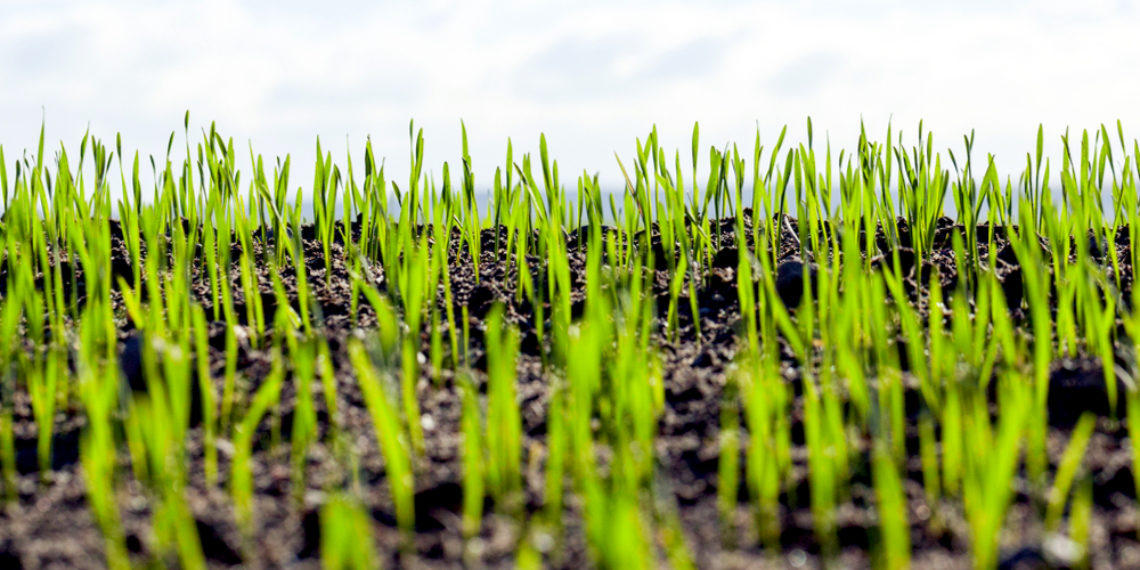Fall Seeding
Once the heat of the summer has left and the cool crispness of early fall is just around the corner, it is time to consider resurrecting that dry and damaged lawn. Reseeding a lawn in the fall allows the grass to set roots over the winter, sprout vivaciously in the spring, and prepare itself for the unavoidable sweltering heat of the summer to come.
Step 1: Rake the yard to remove as much dead grass and thatch as possible. Consider renting a gas powered dethatcher to really pull up the dead grass and expose fresh soil for the soon to be sown seed.
Step 2: Loosen the soil. If the ground has not been aerated for several years, rent a core aerator and aerate the lawn. Otherwise, a good strong rake and a lot of hard work should do the job.
Step 3: Choose the right grass seed for the project. Fescues do well in areas with hot summers and cold winters. Reduce watering costs by choosing a mix that is Turfgrass Water Conservation Alliance Approved. TWCA approved seed requires 40% less water than traditional grass.
Step 4: Prepare the soil by spreading a low nitrogen fertilizer formulated specifically for starting grass or by spreading a thin layer of cotton burr or other mild compost over the entire yard.
Step 5: Sow the seed. Use a broadcast spreader or a verticutter/overseeder to spread seed onto the lawn at the appropriate rate. Fill the seed hopper up with a small amount of seed and watch as it is dispersed to gage if the seed is being dropped at the correct rate. Adjust the hopper as necessary and continue on.
Step 6: Fescue seed needs to have soil on three sides of it to germinate. For best results, use a verticutter/overseeder to “plant” the seed by running the machine over the yard after the seed has been sown. Otherwise, hand rake the area after seeding to assure the seed is pushed down into the soil.
Step 7: Once the seed is planted, reduce foot traffic on the lawn and lightly water the seeded area twice daily. Keep the top half inch of soil moist for the next 3 – 4 weeks. Be careful not to over water. As long as nighttime temperatures remain above 50 degrees Fahrenheit grass should begin to germinate within 2 – 3 weeks.
